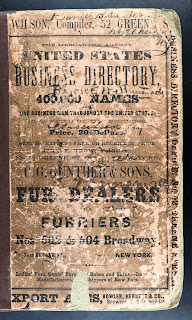There are tons of Facebook genealogy groups devoted to very specific readers. If you search, you can find a group devoted to your area of research: Southern Italian Genealogy, Hesse Germany Genealogy Group, Polish Texan Genealogy, French Canadian Genealogy. You name it!
In these groups you will find many people seeking translations of foreign birth, marriage and death records. And there are countless people willing to help.
But you can become a self-sufficient translator of your own documents. Often the hardest part is figuring out the letters themselves. It helps tremendously to know the types of words you're looking for.
If you learn the genealogical keywords, numbers, months, days, etc., in the language you need, the words will become clearer to you.
When you're stuck on a letter or two, search the rest of the document for any other markings that may be the same letter. When you have an educated guess, plug it into Google Translate and see what you get.
 |
| Don't be intimidated! You just have to know what you're looking for. |
Here are several excellent resources to help you learn the words you need to know in four languages. If the language you need is not here, visit the FamilySearch Wiki for more.
Italian
- Genealogical words
- Numbers
- Occupations
- Common name abbreviations
- List of many surnames
- Surnames used for foundlings
German
- Genealogical words
- Numbers
- Occupations and other general words
- List of 100 surnames and their meaning
- Helpful spelling rules
Polish
- Genealogical words
- Numbers, months, and days
- Occupations and other general words
- Free book: "A Translation Guide to 19th Century Polish-Language Civil-Registration Documents"
French
Still getting stuck? Join a Facebook genealogy group for your ethnicity. You'll find a wealth of knowledge and very helpful genealogists.
And speaking of foreign-language documents:












